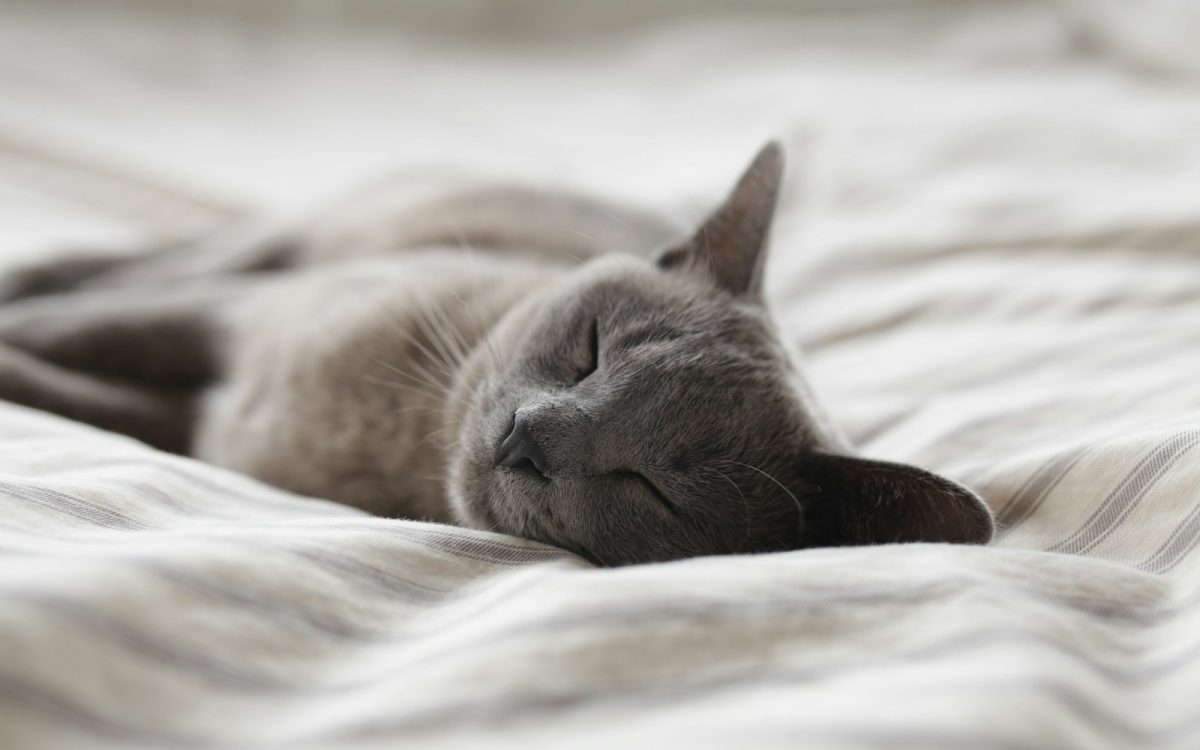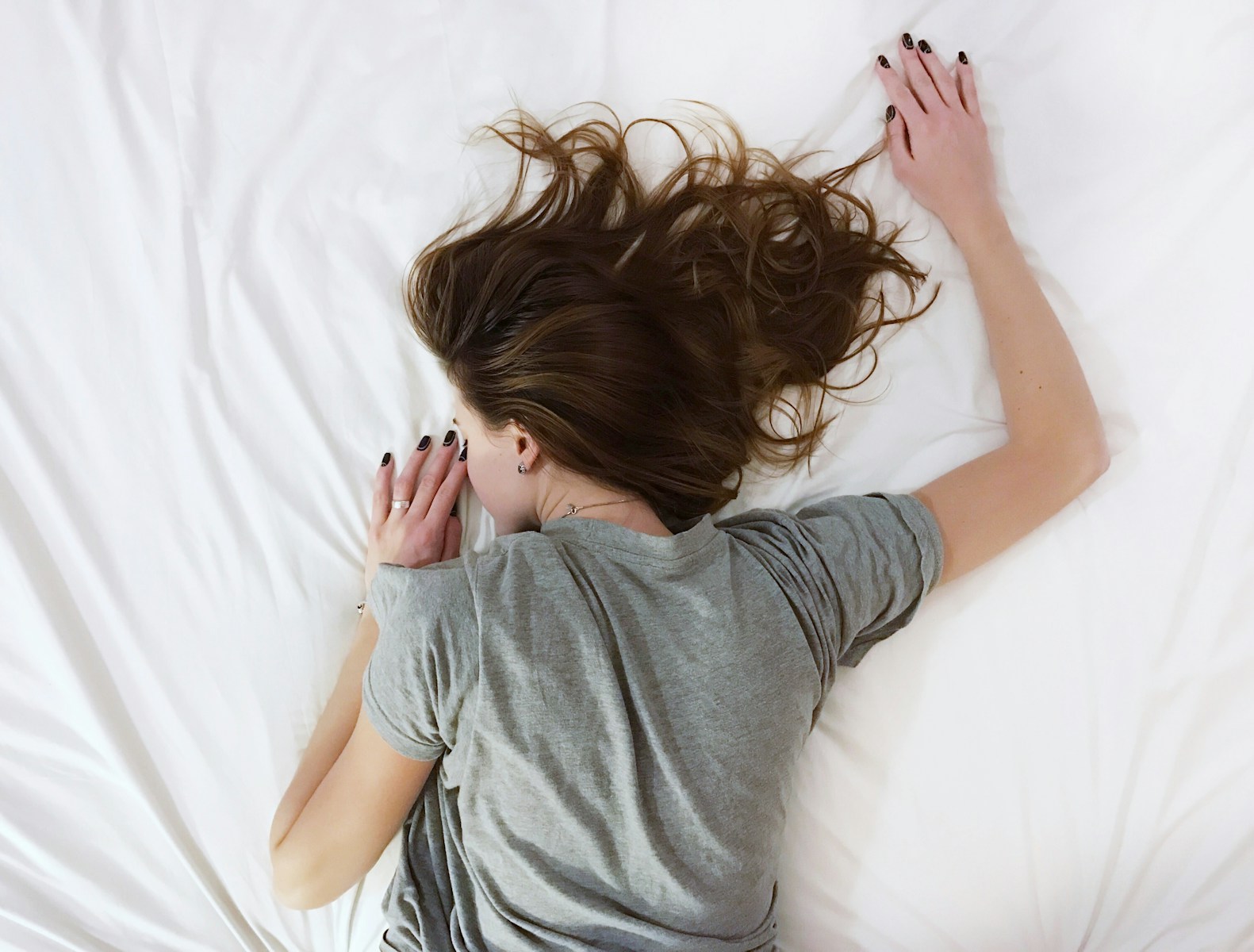In the modern era, technology has woven itself into the very fabric of daily life, influencing how we communicate, work, and even rest. The advent of smartphones, tablets, and laptops has transformed our world into a hyper-connected environment, where information is available at our fingertips 24/7. While these advancements have brought about numerous benefits, they have also introduced significant challenges, particularly concerning sleep.
The relationship between technology and sleep is complex and multifaceted, with research indicating that excessive use of electronic devices can lead to sleep disturbances and a decline in overall sleep quality. The impact of technology on sleep is not merely anecdotal; it is supported by a growing body of scientific evidence. Studies have shown that individuals who engage with screens before bedtime often experience difficulties in falling asleep and maintaining restful slumber.
The pervasive nature of technology means that many people find it challenging to disconnect, leading to a cycle of poor sleep that can affect physical health, mental well-being, and cognitive performance. Understanding the nuances of this relationship is crucial for developing effective strategies to promote healthier sleep habits in an increasingly digital world.
Key Takeaways
- Introduction: Technology has a significant impact on sleep, affecting both the quality and patterns of sleep.
- Blue Light Effects: Blue light from screens can disrupt the body’s natural sleep-wake cycle, making it harder to fall asleep.
- Constant Connectivity: Technology’s constant connectivity can disrupt sleep by causing anxiety and making it difficult to unwind before bed.
- Quality of Sleep: Technology can negatively impact the quality of sleep by reducing the amount of deep, restorative sleep.
- Mitigating Impact: Setting boundaries and creating a technology-free bedtime routine can help mitigate the impact of technology on sleep.
The effects of blue light on sleep patterns
One of the most significant ways technology disrupts sleep is through the emission of blue light from screens. Blue light, which is part of the visible light spectrum, has been shown to interfere with the body’s natural circadian rhythms. The circadian rhythm is essentially the body’s internal clock, regulating sleep-wake cycles in response to environmental cues such as light and darkness.
Exposure to blue light in the evening can trick the brain into thinking it is still daytime, suppressing the production of melatonin, the hormone responsible for inducing sleepiness. Research has demonstrated that individuals who use devices emitting blue light—such as smartphones and computers—before bedtime often report longer times to fall asleep and reduced overall sleep duration. A study published in the journal “Sleep Health” found that participants who used screens in the hour leading up to bedtime experienced a significant delay in their ability to fall asleep compared to those who refrained from screen time.
This disruption can lead to a cascade of negative effects, including increased daytime sleepiness, impaired cognitive function, and heightened stress levels.
How technology disrupts sleep through constant connectivity

The phenomenon of constant connectivity is another critical factor contributing to sleep disturbances in the digital age. With the rise of social media, instant messaging, and email notifications, individuals are often bombarded with information and communication demands at all hours. This relentless connectivity can create a sense of urgency that makes it difficult for individuals to unwind and prepare for sleep.
The psychological impact of being perpetually “on call” can lead to heightened anxiety and stress, further complicating the ability to achieve restful sleep. Moreover, the expectation to respond promptly to messages or notifications can lead to a habit of checking devices right before bed. This behavior not only prolongs screen time but also increases cognitive arousal, making it harder for the mind to transition into a state conducive to sleep.
A study published in “The Journal of Clinical Sleep Medicine” highlighted that individuals who frequently checked their phones before bed reported poorer sleep quality and increased feelings of fatigue during the day. The interplay between technology and constant connectivity creates a challenging environment for achieving restorative sleep.
The impact of technology on the quality of sleep
The quality of sleep is just as important as its quantity, and technology can significantly influence both aspects. Poor sleep quality is characterized by frequent awakenings during the night, difficulty staying asleep, and non-restorative sleep that leaves individuals feeling tired upon waking. Research indicates that excessive screen time, particularly in the hours leading up to bedtime, can lead to fragmented sleep patterns.
This fragmentation can prevent individuals from reaching deeper stages of sleep, which are essential for physical recovery and cognitive function. Additionally, the content consumed on electronic devices can also play a role in sleep quality. Engaging with stimulating or distressing material—such as action-packed movies or contentious social media debates—can elevate heart rates and increase mental stimulation, making it more challenging to relax before bed.
A study published in “Sleep Medicine Reviews” found that individuals who engaged with emotionally charged content before sleeping reported poorer sleep quality compared to those who consumed neutral or calming material. This highlights the importance of not only managing screen time but also being mindful of what is being consumed during those hours.
Strategies to mitigate the impact of technology on sleep
To combat the adverse effects of technology on sleep, several strategies can be employed. One effective approach is to establish a digital curfew—designating a specific time each evening when all electronic devices are turned off. This practice allows individuals to create a buffer period before bedtime during which they can engage in relaxing activities such as reading, meditating, or practicing gentle yoga.
By reducing exposure to screens in the hours leading up to sleep, individuals can help their bodies naturally prepare for rest. Another strategy involves utilizing blue light filters or apps designed to reduce blue light emission from screens during evening hours. Many devices now come equipped with built-in features that adjust screen color temperature based on the time of day.
By minimizing blue light exposure in the evening, users can help support melatonin production and promote healthier sleep patterns. Additionally, creating a comfortable sleep environment—complete with blackout curtains and a cool room temperature—can further enhance the quality of sleep.
Setting boundaries and creating a technology-free bedtime routine

Establishing clear boundaries around technology use is essential for fostering healthier sleep habits. Creating a technology-free bedtime routine can serve as a powerful tool for signaling to the body that it is time to wind down. This routine might include activities such as dimming lights, engaging in calming rituals like taking a warm bath or practicing mindfulness meditation, and reading a physical book instead of scrolling through social media feeds.
Incorporating consistent bedtime practices can also reinforce healthy sleep patterns over time. Going to bed and waking up at the same time each day helps regulate circadian rhythms and promotes better overall sleep quality. By prioritizing these boundaries and routines, individuals can cultivate an environment that supports restorative rest rather than one dominated by digital distractions.
Utilizing technology to improve sleep quality
While technology often disrupts sleep, it can also be harnessed as a tool for improving sleep quality when used mindfully. Sleep-tracking apps and wearable devices have gained popularity as they provide insights into individual sleep patterns and behaviors. By analyzing data such as total sleep duration, time spent in different sleep stages, and nighttime awakenings, users can identify trends and make informed adjustments to their routines.
Additionally, there are various apps designed specifically for promoting relaxation and improving sleep hygiene. These applications may offer guided meditations, soothing soundscapes, or breathing exercises aimed at helping users unwind before bed. By integrating these technologies into their nightly routines while maintaining awareness of potential pitfalls associated with excessive screen time, individuals can leverage technology’s benefits without compromising their overall well-being.
Conclusion and final thoughts on managing the impact of technology on sleep
As technology continues to evolve and permeate every aspect of life, its impact on sleep remains an important area of focus for researchers and health professionals alike. The interplay between blue light exposure, constant connectivity, and overall sleep quality presents significant challenges that require proactive management strategies. By understanding how technology affects our natural rhythms and implementing practical solutions—such as setting boundaries around device use and utilizing apps designed for relaxation—individuals can take meaningful steps toward improving their sleep health.
Ultimately, fostering a balanced relationship with technology is key to achieving restorative rest in today’s fast-paced world. As we navigate this digital landscape, prioritizing healthy sleep habits will not only enhance individual well-being but also contribute to improved productivity and overall quality of life.




